SNARF Working Group - Report of the Second SNARF Workshop
Eos Trans. AGU, 85(17), Jt. Assem. Suppl., Abstract G21C-02, 2004
The NAREF Perspective on a New Plate-Fixed Reference Frame for North America
Craymer, M
E-mail: craymer![]() nrcan.gc.ca
nrcan.gc.ca
Address: Natural Resources Canada, Geodetic Survey Division, 615 Booth Street,
Ottawa, ON K1a 0E9 Canada
Snay, R
Email: Richard.Snay![]() noaa.gov
noaa.gov
Address: National Geodetic Survey, 1315 East-West Highway, Silver Spring, MD
20910 United States
In collaboration with the IAG community, its service organizations and the national geodetic organizations of North America, the IAG’s Sub-Commission 1.3a on Regional Reference Frames for North America (NAREF) provides international focus, cooperation and coordination for issues involving the geodetic reference frames and control networks of North America. Some of these issues include the maintenance and future evolution of reference frames for North America and the setting of standards and guidelines. To this end, NAREF has coordinated the densification of the ITRF reference frame in North America and has been providing regular weekly coordinate solutions for most of the permanent GPS receivers on the continent since 2001. Work is now progressing on providing regular cumulative solutions with velocities estimates for all stations. More recently, a new initiative has begun, underwritten by UNAVCO, Inc. in support of the Earthscope project, to establish a stable, plate-fixed reference frame for North America that would serve the broad scientific and geomatics communities. The goal is to provide a consistent reference system, including velocity models, procedures and transformations, tied to a "stable" North America in which scientific and geomatics results (e.g., positions in tectonically active areas) can be produced and compared. This paper focuses on the requirements that such a reference frame would need to satisfy from the perspective of NAREF. We also make some suggestions for how such a new reference frame could be implemented for the benefit of the general public and discuss some pitfalls learned from the ITRF densification work.
Last modified: 2019-12-24 02:12:53 America/Denver

